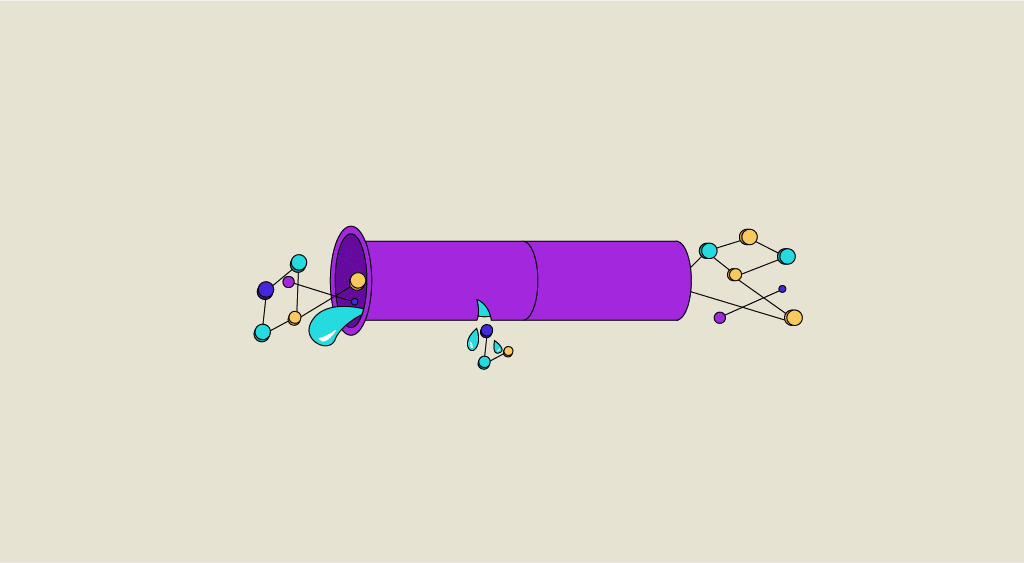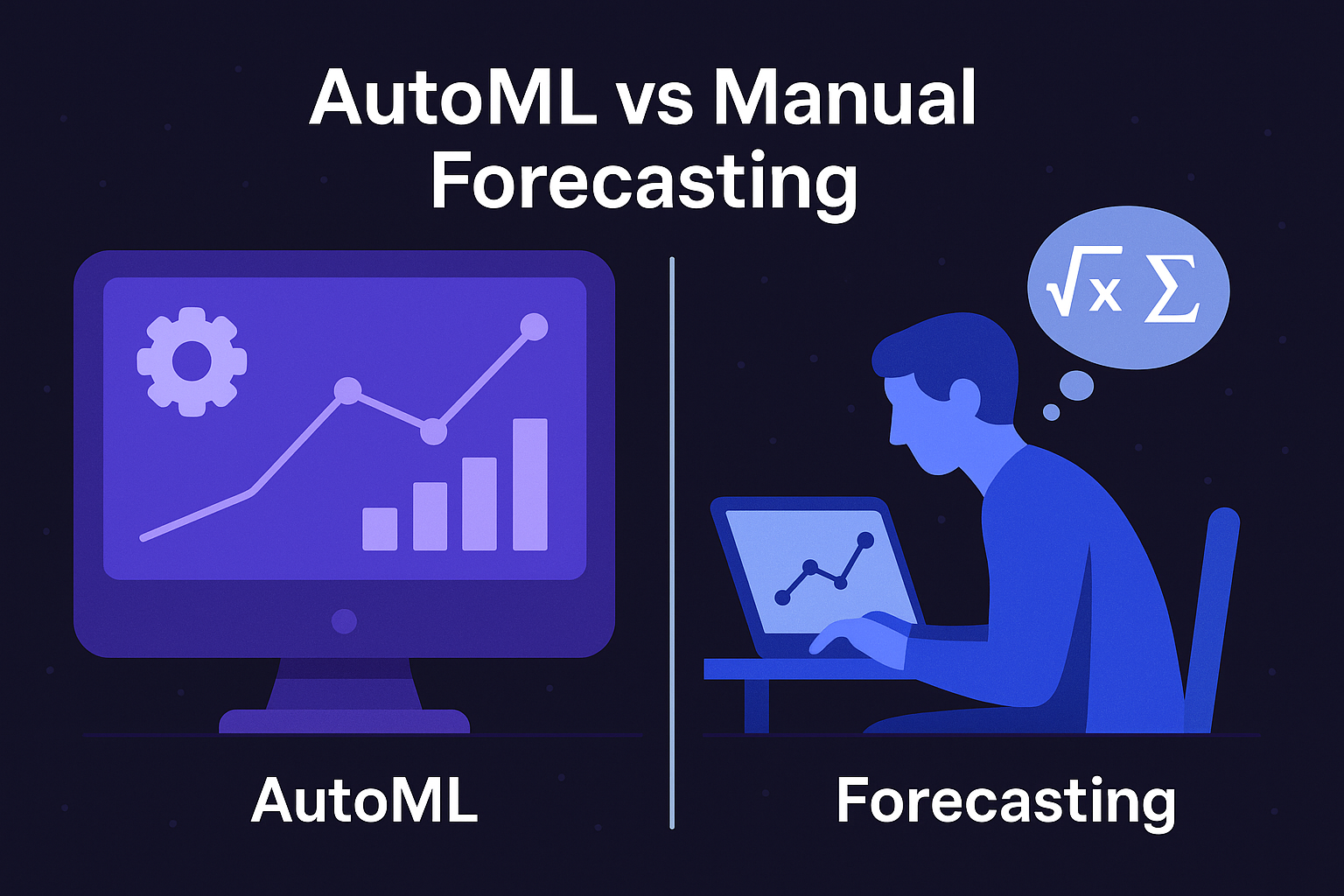Forecasting is one of the most valuable applications of machine learning in business. From sales to staffing, demand to revenue, the ability to predict future outcomes with confidence can transform decision-making. But behind the scenes of even the most promising models lurks a silent threat: data leakage.
If your forecasts seem “too good to be true,” they probably are — and leakage is often the reason. It contaminates the training process, inflates performance metrics, and leads to models that fail in the real world.
This article explores what data leakage is, why it happens, and how to detect and prevent it — especially in time-based forecasting use cases.
What is Data Leakage?
Data leakage happens when information from outside the training dataset — or from the future — is inadvertently used to train a model. This gives the model an unfair advantage, allowing it to learn patterns it shouldn’t have access to during real-world deployment.
In classification problems, leakage often occurs when a column directly or indirectly reflects the target variable (e.g. predicting loan default using a column like “account closed”). In forecasting, leakage is subtler — and more dangerous.
Why Forecasting is Especially Vulnerable
In time series forecasting, leakage frequently arises from incorrect data splits or the use of future-derived features. If your model sees data from after the prediction point, it’s effectively cheating.
Common examples of forecasting leakage include:
- Random train/test splits that mix past and future data
- Features like “month-end stock” or “final invoice” that aren’t known at prediction time
- Aggregates computed using future windows (e.g. trailing 30-day average computed incorrectly)
This results in optimistic performance during validation — but massive failure in production.
How to Detect Leakage in Forecasting
Data leakage rarely triggers errors. Instead, it surfaces as overly strong performance — suspiciously high R² values, or low MAE that can’t be reproduced post-deployment. Some warning signs include:
- Validation performance is drastically better than real-world results
- Features contain post-prediction timestamps
- Data preprocessing uses full datasets instead of incremental ones
Robust leakage detection requires careful pipeline audits and a mental model of what data is available at prediction time.
Preventing Leakage in Practice
Avoiding leakage is as much about process as it is about code. Here are best practices:
- Always use time-based splits (train on the past, validate on the future)
- Design features that rely only on past or current information
- Use production-style pipelines when validating models
- Be cautious with joins — especially with delayed metrics or logs
- Validate with live data if possible, not just historical slices
Rule of thumb: if you couldn’t have known the value at prediction time, don’t use it as a feature.
The Business Cost of Ignoring Leakage
A model that leaks is worse than no model at all. It gives false confidence, leads to poor decisions, and erodes trust in AI initiatives. Forecasts might look accurate in dashboards, but once operationalized, they create chaos.
Wasted marketing spend, stockouts, overstaffing, revenue misses — all of these are real-world symptoms of faulty forecasting driven by leakage.
That’s why data science teams need not only model performance monitoring, but data integrity reviews.
Final Thought: Accuracy Without Integrity is Illusion
Forecasting without leakage controls is like building a financial plan on insider trading. It may look brilliant in a spreadsheet — but it won’t survive contact with the real world.
True predictive power starts with clean, contextual, time-respecting data. And that starts by treating data leakage not as a technical footnote, but as a frontline concern in every forecasting project.

%20(2).svg)



-p-2000.webp)
